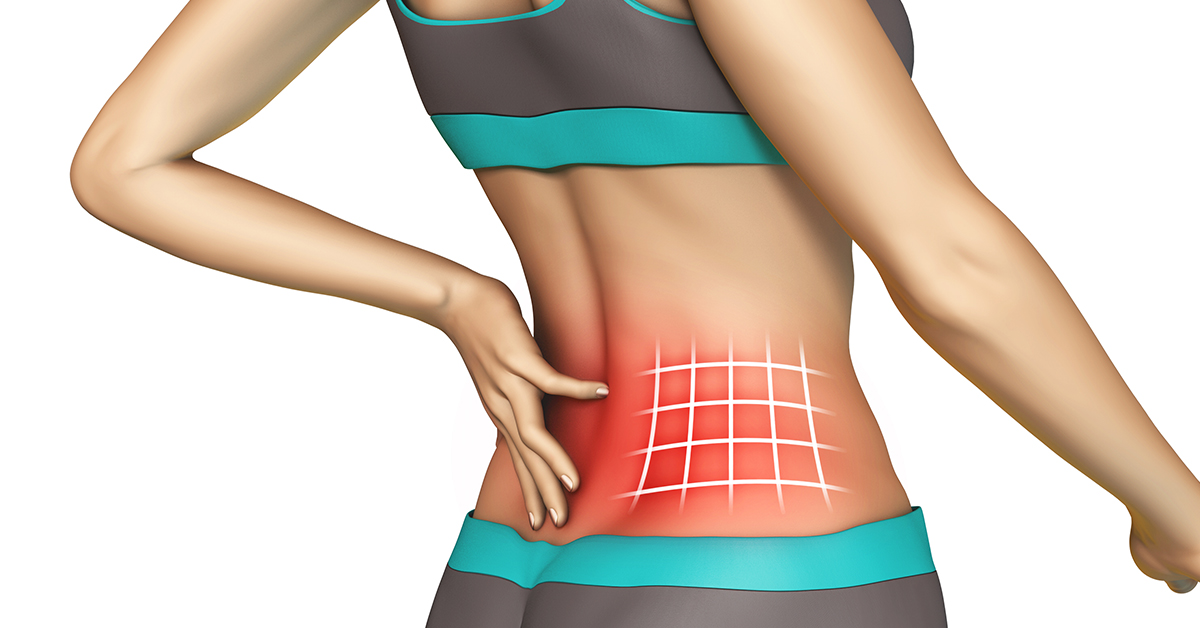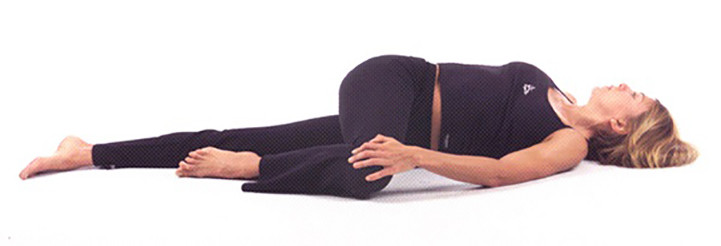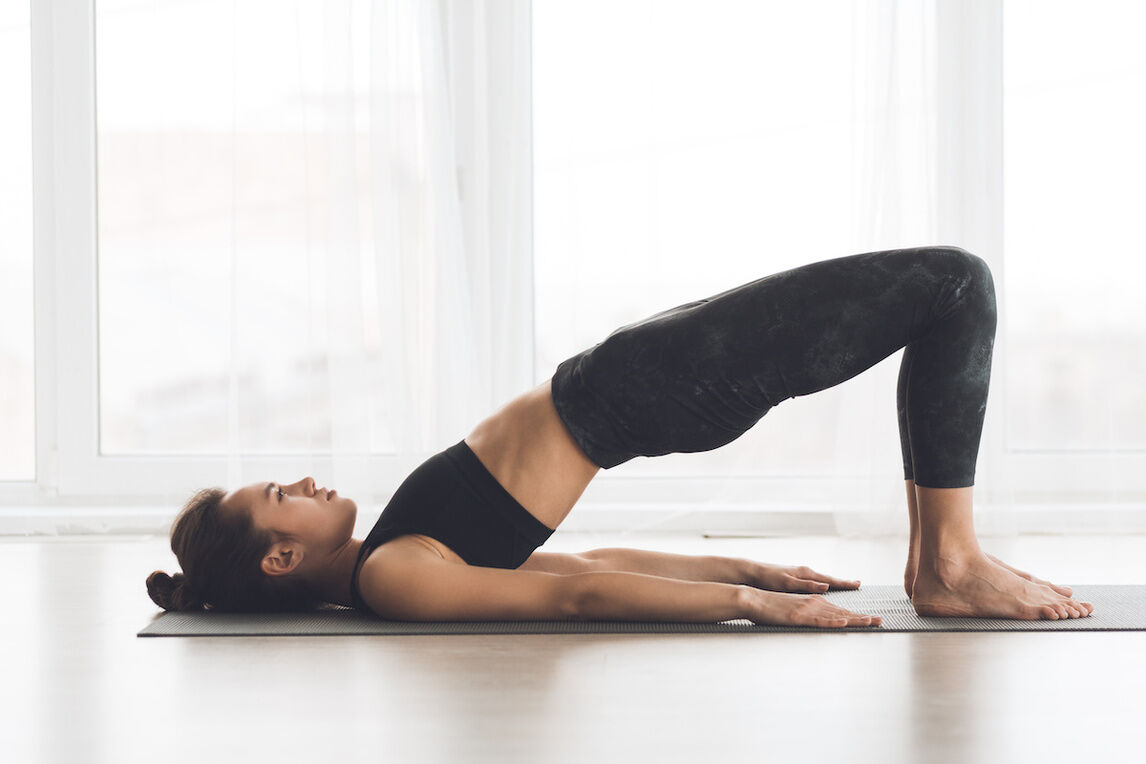Yoga for Low Back Pain

In our increasingly sedentary modern society, low back pain is a common affliction where prolonged sitting and poor posture are rampant. The lack of movement and physical strain can lead to stiffness and discomfort, hindering our daily activities and overall quality of life. Fortunately, yoga emerges as a beacon of relief, offering stretches and strengthening exercises tailored to alleviate and protect against low back pain. In this article, Everyday Yoga will explore yoga practices that can soothe your aching back and improve your spinal health, allowing you to reclaim both comfort and flexibility.
Understanding Low Back Pain
Low back pain can result from various factors: muscle strain, herniated discs, or simply the wear and tear of daily life. Regardless of the cause, the impact is widely felt, often limiting movement and leading to a cycle of ongoing discomfort. A targeted yoga practice can help by stretching tight muscles, strengthening weak areas, and promoting a healthier posture.
Yoga Poses to Ease Low Back Pain
Through mindful movement and breath, yoga offers specific poses to ease tension in the lower back.
- Child's Pose (Balasana) - Gently stretches the spine, hips, and thighs while providing a sense of relaxation.

- Start on your hands and knees, then spread your knees wide while keeping your big toes touching.
- Exhale as you bow forward, letting your torso drape between your thighs.
- Keep your arms long and extended. Place your forehead on the floor or on a pillow. Then bring your arms to rest alongside your thighs, with your palms facing up.
- Hold for up to a minute or longer, breathing softly.
- Supine Twist (Supta Matsyendrasana) - Relieves stiffness and restores flexibility by rotating the spine.

- Lie on your back on a yoga mat or a comfortable surface, with your legs extended and your arms relaxed by your sides.
- Bend your knees and place your feet flat on the floor, hip-width apart.
- Extend your arms out to the sides in line with your shoulders, forming a T-shape for balance and support.
- Gently draw both knees toward your chest, then lower them to one side of your body, keeping your knees stacked and your opposite shoulder blade rooted to the floor. Use a cushion or a folded blanket under or between your knees for extra support if necessary.
- Turn your head to gaze in the opposite direction of your knees to enhance the spinal twist, if it feels comfortable for your neck.
- Hold the pose for several breaths, allowing gravity to deepen the twist naturally, which helps to stretch the back muscles and spine.
- To exit the pose, bring your head back to center first, then use your abdominal muscles to lift your knees back to the center. Hug your knees into your chest for a moment before performing the twist on the opposite side.
- Bridge Pose (Setu Bandhasana) - Strengthens the lower back while also stretching the hip flexors and thighs, a common area of tightness associated with back pain.

- Lie on your back on a yoga mat or a comfortable surface, with your knees bent, and your feet flat on the floor hip-width apart. Place your arms by your sides with your palms facing down.
- Position your feet close enough to your sitting bones so that your fingers can lightly touch your heels.
- On an inhale, press your feet and arms firmly into the floor and lift your hips up toward the ceiling. Keep your thighs and feet parallel to each other as you rise.
- Roll your shoulders underneath your body and clasp your hands together on the mat, straightening your arms along the floor to help open your chest.
- Press down through your arms and shoulders to lift your chest higher and gently engage your hamstrings and glutes to support the lift of your hips. Keep the neck relaxed and the chin slightly away from your chest.
- Bridge Pose, or Setu Bandhasana, is a rejuvenating backbend that strengthens the lower back, opens the chest and hips, and can improve circulation.
Incorporating Yoga into Your Routine for Back Health
To reap the benefits of yoga for low back pain, consistency is key. A daily practice, even for a few minutes, can significantly improve the health of your back. Start with gentle poses, moving slowly and with awareness to avoid exacerbating any existing pain.
Mindfulness and Relaxation for Pain Management
Yoga is not merely a physical practice; it also incorporates mindfulness and relaxation techniques that are vital for managing pain. Practices like deep abdominal breathing, guided relaxation, and meditation can help mitigate the stress and muscle tension often associated with low back pain.
HELPFUL TIP!
Complement your yoga practice with lifestyle modifications to enhance its effects. Pay attention to your posture throughout the day, take regular breaks to stretch if you work at a desk, and ensure your sleeping position supports spinal alignment.
Conclusion
Yoga offers a holistic approach to managing low back pain, providing tools that range from the physical to the psychological. By incorporating mindful stretches, core-strengthening exercises, and relaxation techniques into your daily life, you can effectively combat the discomforts brought on by our modern lifestyle. Don’t forget to listen to your body, practice patient consistency, and, if needed, consult with healthcare professionals to tailor your yoga practice to your specific circumstances.
Everyday Yoga encourages you to take these steps towards a healthier back and welcome feedback on how yoga has impacted your journey to a pain-free life. Share your experiences and let us continue to support each other in cultivating wellness and strength.
See you on the mat!
Namaste!

